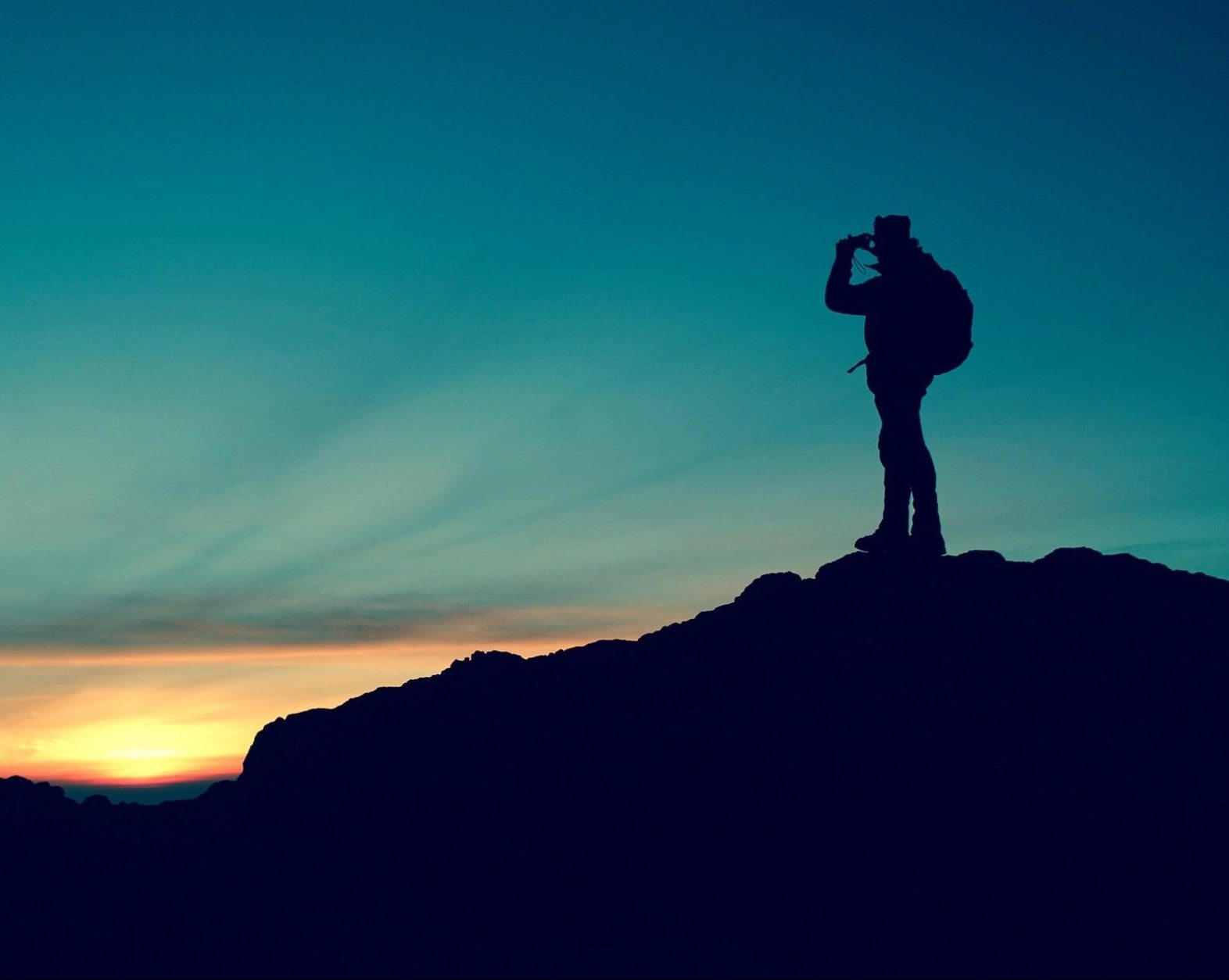
Colorado State Reportable Tick-Borne Diseases
Colorado State Reportable Tick-Borne Diseases
There are over 20 tick-borne diseases/conditions currently known to occur throughout the US and that may impact Colorado residents and/or their pets at home or through travel.
However, many tick-borne diseases that occur within the US in both humans and pets are not reportable within Colorado, so incidence and prevalence is difficult to monitor. The Colorado Department of Health and Environment has stated that “since so many of these diseases manifest as febrile illness with a non-specific constellation of symptoms that, yes, we believe they are routinely under reported. However, we believe that is because they are difficult to diagnose.” Reporting also depends on laboratory capabilities, which are unreliable or unavailable in some cases, as well as compliance with Regulation 6 CCR 1009-1, which are the rules and regulations pertaining to epidemic and communicable disease control.
Tick-Borne Diseases required to be reported by Physician or Laboratory, Colorado Department of Public Health and Environment as of June 18, 2023 include:
- Colorado Tick Fever
- Lyme disease
- Q-Fever
- Rickettsiosis (Spotted fever rickettsiosis, including Rocky Mountain spotted fever)
- Tick-Borne Relapsing Fever (Borrelia species and Spirochetemia except burgdorferi species)
- Tularemia
*Powassan virus disease was removed from the list of reportable diseases; Arboviral Diseases (known arthropod-transmitted viruses) in general are reportable.
Surveillance in Colorado
Surveillance of both ticks and tick-borne diseases is unfortunately lacking in the state of Colorado. Zoonotic diseases reported in Colorado from 2014-2022 can be viewed here. However, not all of the nationally notifiable tick-borne diseases are tracked or reported by the Colorado State Department of Health & Environment (CDPHE), leaving incidence of infection for many tick-borne diseases unknown in Colorado.
Only limited passive surveillance of ticks has been conducted by the CDPHE to date. Results from 2014-2019 surveillance for the most commonly encountered ticks in Colorado are displayed here. Interestingly, the CDPHE is now mapping the occurrence of the Lonestar tick in Colorado, though it is not yet known to have an established natural population in the State. Data that was collected regarding lesser encountered tick species, some with both veterinary and medical significance, are not displayed. Ticks conventionally regarded as “non-human biters” were not identified by species in the 2012-2016 CDPHE tick data set, though research indicates that some of these species may pose a bigger risk to human health then previously considered. There is much unknown about the occurrence of ticks species and their pathogens in Colorado. The CDPHE passive tick surveillance program is active again. Submissions for tick identification can be made through Colorado Citizen Scientist Tick Submission Form.
The CDC reports only 19 cases of Lyme disease in Colorado between 2008-2021. The Colorado Department of Public Health and Environment (CDPHE) states that none of the exposures originated in Colorado, however reports of Lyme disease have increased in the past few years. CDPHE reported 4 cases of Lyme disease in 2017, 3 in 2018, and 8 cases in 2019, the highest annual report of Lyme disease on record for Colorado. CDPHE did not track cases of Lyme disease in 2020, 2021, or 2022 due to the burden of COVID.
The CDC states there are limitations of surveillance data and problems with under-reporting for Lyme. This underreporting is also an issue with other tick-borne diseases. A recently released estimate by the CDC based on insurance records suggests that each year approximately 476,000 Americans are diagnosed and treated for Lyme disease.
Surveillance in Colorado Dogs
Positive cases of Lyme, Anaplasmosis, and Ehrlichiosis in dogs have been documented in Colorado as shown in prevalence maps compiled by the Companion Animal Parasite Council (CAPC), and the cases for each of these diseases have increased annually. Veterinarians interested in participating in this surveillance effort should contact CAPC. More here.







